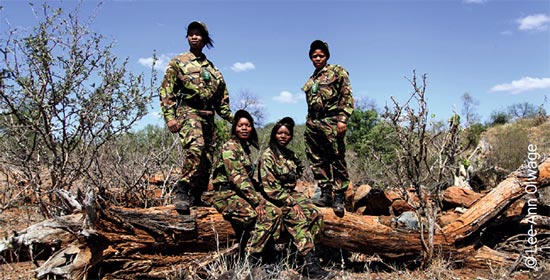It is increasingly accepted that biodiversity loss and poverty are closely coupled problems, though seeking to solve one does not automatically address the other (SCBD 2010; Suich, Howe and Mace 2015). Indeed, some approaches to protecting particular species or natural areas have exacerbated existing uneven access to natural resources and placed disproportionate burdens on already-vulnerable populations (Dowie 2009; Sylvester, Segura and Davidson-Hunt 2016). Intergenerational justice is also an important theme, since loss of biodiversity will impoverish future generations in a variety of ways, including reducing their ability to rely upon and connect with a biodiverse natural world.
Biodiversity conservation is likely to be more effective in programmes that successfully integrate social and ecological support, and the benefits from conservation are more likely to be directly accessible by local human populations (Figurel, Durán and Bray 2011; Persha, Agrawal and Chhatre 2011; Fischer et al. 2017).
Protected areas have been successful in reducing habitat loss (Aichi Biodiversity Target 5) and have helped in lowering extinction risk for some target species (Aichi Target 12) (UNEPWCMC and IUCN 2018). However, despite clear evidence that investment in conservation can help reduce biodiversity loss (Geldmann et al. 2013; Waldron et al. 2017), less than 15 per cent of the world’s terrestrial and inland waters, less than 11 per cent of the coastal and marine areas within national jurisdiction, and less than 4 per cent of the global ocean is covered by protected areas (Figure 6.20) (UNEP-WCMC and IUCN 2018; Sala et al. 2018). In addition, a third of the land area within protected area boundaries is already degraded by human impacts (Jones et al. 2018).
While providing biodiversity benefits, protected areas can have potentially negative effects on livelihoods in local communities due to decreased access to natural resources or the lack of support for the development of cultural, social, financial, natural, human, physical and political capital assets (Bennett and Dearden 2014).
This can result in ineffective management, equity issues, lack of accountability or conflict (Halpern et al. 2014; Watson et al. 2014; Di Minin and Toivonen 2015; Eklund and Cabeza 2017; see also Box 6.9). The active engagement of indigenous and local communities in the decision-making process has proven highly effective at addressing these imbalances (see Box 6.10). Analysis of deforestation rates indicate that these can be significantly lower in communitymanaged forests in comparison to strictly protected areas (Porter-Bolland et al. 2012). The development of a more inclusive and integrated approach linking communities with national, divisional and provincial governments for sustainable development has proved highly efficient (see Locally Managed Marine Areas case study in Fiji in Section 13.2.1). Increasingly, indigenous and local communities’ contributions and collective actions have the potential to be scaled up and to inform national and international practice and provide a practical governance approach as an alternative to top-down policy-setting.

In 2015, a South African ranger group consisting mostly of women, the Black Mamba Anti-Poaching Unit, was one of the winners of the top United Nations environmental prize. The unit was formed in a bid to engage local communities outside conservation parks in protecting biodiversity inside the fences. Initially comprising 26 unemployed female high-school graduates, the unit has reduced snaring by 76 per cent since its launch in 2013, removed more than 1,000 snares, and put five poachers’ camps and two bushmeat kitchens out of action (United Nations 2015).